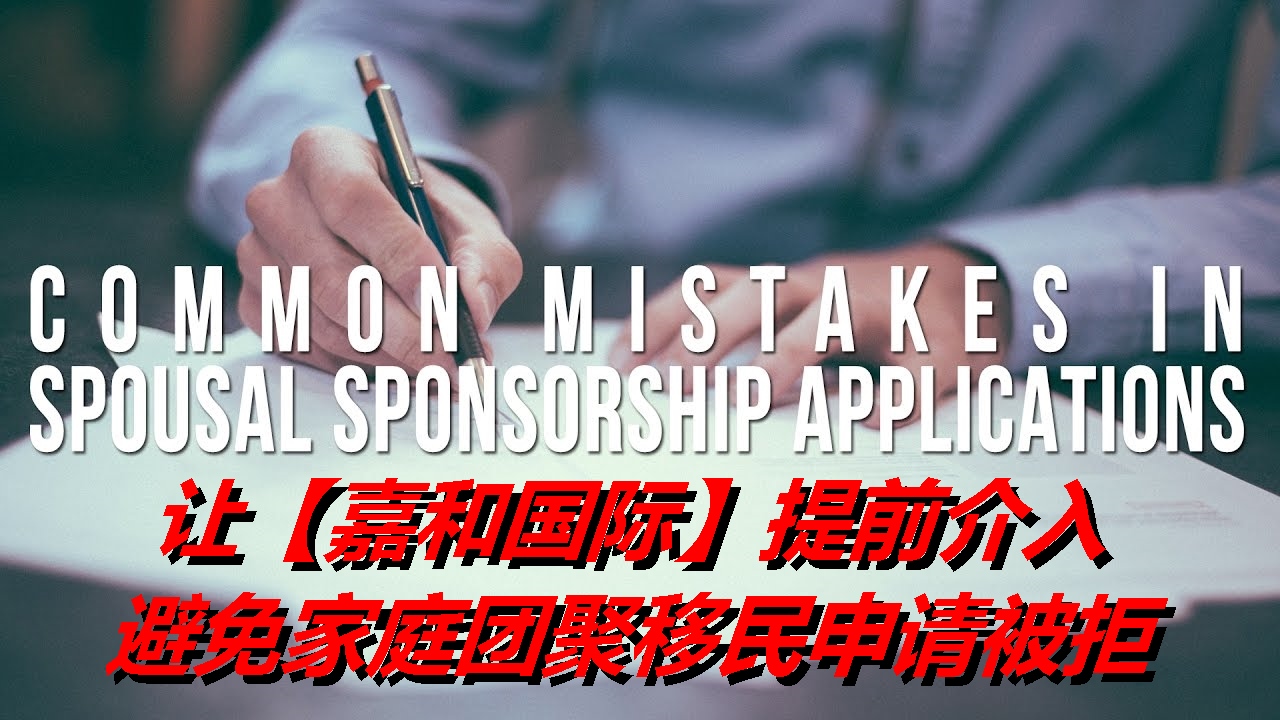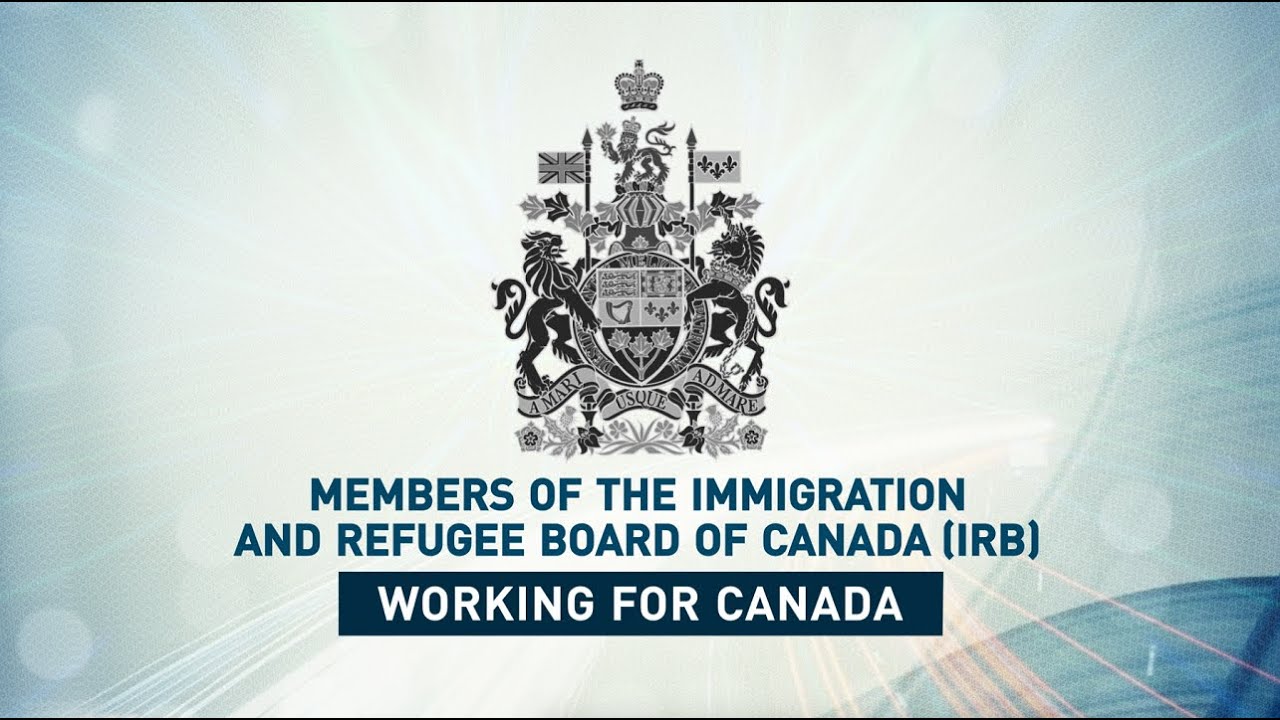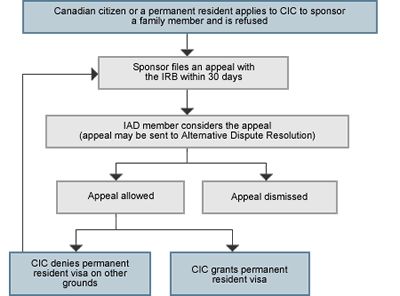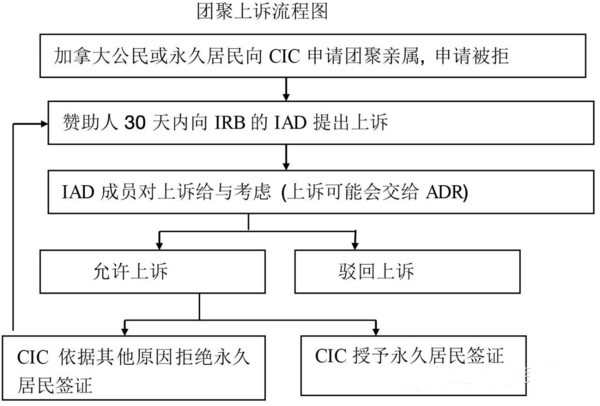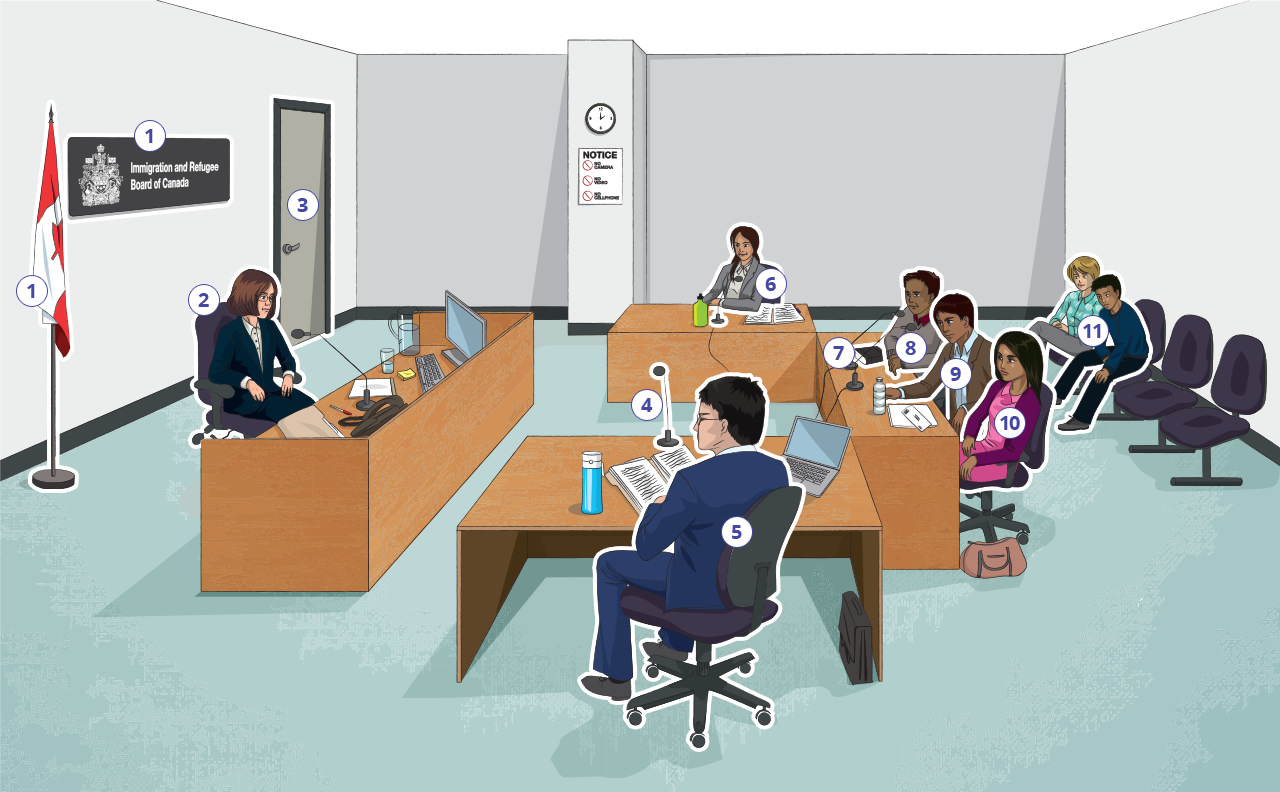
详解:加拿大联邦家庭团聚(配偶)移民申请被拒申诉(ADR & Appeal Hearing)流程说明
流程说明:加拿大联邦家庭团聚(配偶)移民申请被拒申诉(ADR & Appeal Hearing)
嘉和国际是加拿大的资深移民代理公司,有多年专业的家庭团聚申请和申诉的经验。我们提醒家庭团聚的申请人,在提交家庭团聚申请之前尽早联系我们。我们可以帮忙审核以及完整提交材料,提醒注意事项,提前扫除潜在的被拒风险和解除签证官疑虑。如果申请人自己提交团聚申请后被拒,我们也可以协助申诉流程,包括申诉申请,出席听证,流程辅导,证人证言,申述信及材料准备。
加拿大家庭团聚(配偶)移民申请是最受欢迎的移民项目之一。由于其只要证明真实婚姻,或者同居关系,条件要求不高,没有财力门槛,也没有英语门槛,因此吸引了大量想要前往的加拿大的申请人。
很多家庭团聚申请人过于自信,未经专业公司打包审理,提交申请材料不够严谨,往往引起签证官的质疑婚姻的真实性。这种情况下,申请人往往被要求面试,当面澄清或证实一些婚姻关系发展的过程。走到这一步,如果回答问题不慎,或回答与提交材料有出入,则被拒率就高达80%-90%。一般面试后一周内会收到面试结果,得知最后被批准或拒签。如果被拒,一般都是被认定为假结婚,具体的相关条例如下:
| IRPR Section 4: 4(1) For the purposes of these Regulations, a foreign national shall not be considered a spouse, a common-law partner or a conjugal partner of a person if the marriage, common-law partnership or conjugal partnership (a) was entered into primarily for the purpose of acquiring any status or privilege under the Act; or (b) is not genuine. |
加拿大联邦移民条例第 4 节 4(1)如果婚姻是下列情况,则该外国人士不被认为是配偶/同居伴侣/形式上的伴侣 (a)进入婚姻的主要目的是为了获得加拿大身份 (b)非真实婚姻 |
| Application before entering Canada
11 (1) A foreign national must, before entering Canada, apply to an officer for a visa or for any other document required by the regulations. The visa or document may be issued if, following an examination, the officer is satisfied that the foreign national is not inadmissible and meets the requirements of this Act. |
加拿大联邦移民条例第 11 节 11(1)外国人想要进入加拿大必须获得签证或相关文件。如果签证官审查后认为申请人不属于不得入境人士,并满足移民条例其他要求,则可颁发签证。 |
| IRPR Section 117(1)(a) :Organizing entry into Canada 117 (1) No person shall organize, induce, aid or abet the coming into Canada of one or more persons knowing that, or being reckless as to whether, their coming into Canada is or would be in contravention of this Act. |
加拿大联邦移民条例第117 节 (1)(a):
117(1)任何人不得在违反该移民法的前提下组织,介绍,协助,唆使他人违法进入加拿大。 |
这个结果往往令人伤心,但移民部又为申请人提供一条申诉渠道IAD(Immigration Appeal Division 移民申述厅)。可以对你的案例进行重新审核。请注意,这个申诉申请必须在收到拒签信后的30天之内提交给IAD。
请参考文章下半部分进行提交。
申请人可以利用这个机会,提交更多证据,或做出更多合理解释,来让IAD进行庭审/听证(Hearing)或如果幸运的话,庭外和解ADR(Alternative Dispute Resolution)。
What Factors does IAD consider?
|
IAD申诉信的主要考量因素包括下列内容:
|
获得批准以后,可以在最短时间内(1-2个月)提交ADR申请。IAD并不会对每一个ADR申请给与批准。
关于ADR(庭下和解):
庭下和解(Alternative dispute resolution (ADR) conference)是移民申诉厅IAD作为调停人,认为你的案子在未来的听证中胜诉机会很大,为节省资源而采取的一种快捷调解方案。
ADR调解会的参加成员有:
- 申诉人,申诉人的代表
- 移民部代表(CBSA)
- 作为中间调停人的IAD成员
如果你的案子没能进入ADR,那你将会直接进入听证程序,听证日期会在3个月内安排。在听证前20天需要提交所有材料和听证确认函(Confirmation of Hearing Needs)给IAD和CBSA。提交方式有:
IAD 西部办公室
- Email:IRB.IAD-WO-SAI.CISR@irb-cisr.gc.ca
- Fax:604-666-3043
- 邮寄地址:Suite 1600 – 300 West Georgia Street,Vancouver, B.C. V6B 6C9
- My case (IAD新型电子文档提交方式)
CBSA 西部
- Email:CBSA.AppealsPAC-AppelsPAC.ASFC@cbsa-asfc.gc.ca
- Fax:FAX: 604-666-4835
- 邮寄地址:Suite 700 – 300 West Georgia Street,Vancouver, B.C. V6B 6C8
下载PDF文件:IAD听证确认函Confirmation_of_hearing_needs_EN IAD听证确认函
关于Appeal Hearing(出庭听证):
Appeal Hearing一般是由三方组成:申诉方/申诉代理人,移民部代表CBSA,调停人IAD。另外还有证人,如配偶,国内外亲属或朋友,都可以出庭。作证方式可以写信,宣誓书(affidavit),亲自到场,实时视频和电话等。如语言不通,IAD可以请专业的法庭翻译协助,申请人无需支付翻译费。听证时长大约为3-7小时。在听证后,一般1-2星期会收到最后结果。在听证过程中,主要考察的是婚姻真实性和结婚是否以移民目的。
1. Coat of Arms / Canadian flag 加拿大政府徽章/加拿大国旗
Most hearing rooms have a Canadian flag next to the Board member’s table and a Coat of Arms on the wall behind the Board member. The Coat of Arms is an official symbol of the government of Canada.
2. Board member IAD 官员
The Board member is in charge of your hearing. They read your Basis of Claim form and other documents before your hearing. They ask you questions about your claim, listen to the evidence, decide whether to accept or refuse your claim, and give reasons for their decision. Immigration and Refugee Board members are appointed by the government to make independent decisions. Like judges in court cases, Board members must decide according to the law.
3. Board member’s door 听证厅出入门
The Board member enters and leaves the room through a door near their table. There will be a sign on the door saying ‘Authorized personnel only’, which means only certain people can use that door.
4. Microphone 麦克风
Everyone who takes part in your hearing has a microphone in front of them to record what they say. The Board member starts the recording machine when your hearing begins and records everything that is said. This is important because it creates a recording that can be listened to later. You need the recording if your claim is refused and you decide to appeal the decision.
5. Minister’s counsel 移民部代表
Minister’s counsel represents the government. They take part in the hearing if Immigration, Refugees and Citizenship Canada (IRCC) or the Canada Border Services Agency (CBSA) is opposing your claim. They will let you know before the hearing if they are opposing your claim. If this happens, you need to get legal help.
Minister’s counsel can ask you questions and can tell the Board member why they think you should not get refugee status in Canada.
6. Your lawyer/counsel 客户代表
Your lawyer helps you prepare for your hearing. At your hearing, they ask you questions after the Board member has asked you questions. After all the evidence has been presented, they tell the Board member why you should be accepted as a refugee. They might do this orally at the end of the hearing or in writing after the hearing.
7. Holy book 圣经
At the start of your hearing the Board member asks you to stand and raise your right hand and promise to tell the truth. Or you can promise by putting your hand on a holy book if you bring the book with you. The choice is yours.
8. Refugee claimant 申述人
You have to testify in support of your claim. You have to answer questions about your identity and why you are afraid to return to your country.
9. Interpreter 翻译
Hearings are held in English or French. If you do not speak and understand English or French fluently, the Immigration and Refugee Board provides an interpreter.
The interpreter translates everything you say into English or French and everything that is said in English or French into your language or dialect. They are not allowed to share information from your hearing with anyone except the Immigration and Refugee Board.
If your family has made claims together, the interpreter sits between the 2 main adult claimants or to the left of the person whose turn it is to testify.
10. Adult claimant 陪同申请的家庭成员
If your family has made claims together, each adult claimant can speak for themselves. But a family may choose to have one person be the main claimant and give evidence for all. Other family members will then be asked if the information is correct. They might also need, or be asked, to add information, especially if they have reasons of their own for making a refugee claim.
Sometimes a claimant will not want other family members to be at their hearing. For example, a claimant might not want other family members to hear the details of torture or sexual abuse. A claimant who wants to testify without family members present should get legal advice about whether to apply to the Board to have the claims heard separately.
11. Observers 其他旁听人员
You can ask the Board member to let you have someone at your hearing to support you. The observer could be a social worker, community worker, or someone else that you trust.
An observer sits at the back of the room and does not participate in the hearing.
Only someone from the United Nations High Commissioner for Refugees can be an observer at your hearing without your permission.
加拿大共有3个Appeal Hearing办公室:
Western 西部办公室
All related documentation for proceedings must be sent to the Vancouver office.
Areas of Coverage:
- British Columbia
- Alberta
- Saskatchewan
- Manitoba
- Yukon
- Northwest Territories
300 West Georgia Street, Suite 1600, Library Square, Vancouver, B.C. V6B 6C9
Telephone:604-666-5946 or 1-866-787-7472
Immigration Division: 604-404-3463
Fax:604-666-3043
Refugee Appeals: 604-666-9870
Eastern 东部办公室
Areas of Coverage:
- Quebec
- New Brunswick
- Nova Scotia
- Prince Edward Island
- Newfoundland
- Nunavut
- Kingston (Ontario)
- Ottawa (Ontario)
Refugee Protection Division, Refugee Appeal Division, Immigration Division and Immigration Appeal Division
Guy-Favreau Complex, 200 René-Lévesque Blvd. West, East Tower, Room 102, Montréal, Quebec H2Z 1X4
Telephone: 514-283-7733 or 1-866-626-8719
Immigration Division: 514-283-1488
Fax:
Refugee Protection Division, Immigration Appeal Division: 514-283-0164
Immigration Division: 514-496-2252
Refugee Appeal Division: 514-283-0164
Central 中部办公室
Areas of Coverage:
- Ontario (except Ottawa and Kingston)
Refugee Protection Division, Refugee Appeal Division & Immigration Appeal Division
74 Victoria Street, Suite 400, Toronto, Ontario M5C 3C7
Immigration Division
385 Rexdale Blvd., Etobicoke, Ontario M9W 1R9
Telephone: 416-954-1000 or 1-866-790-0581
Immigration Division: 1-833-222-0408
Fax:
Refugee Protection Division & Immigration Appeal Division: 416-954-1165, 416-973-9307 or 416-973-4013
Refugee Appeal Division: 416-954-1511
Immigration Division: 416-744-4274

